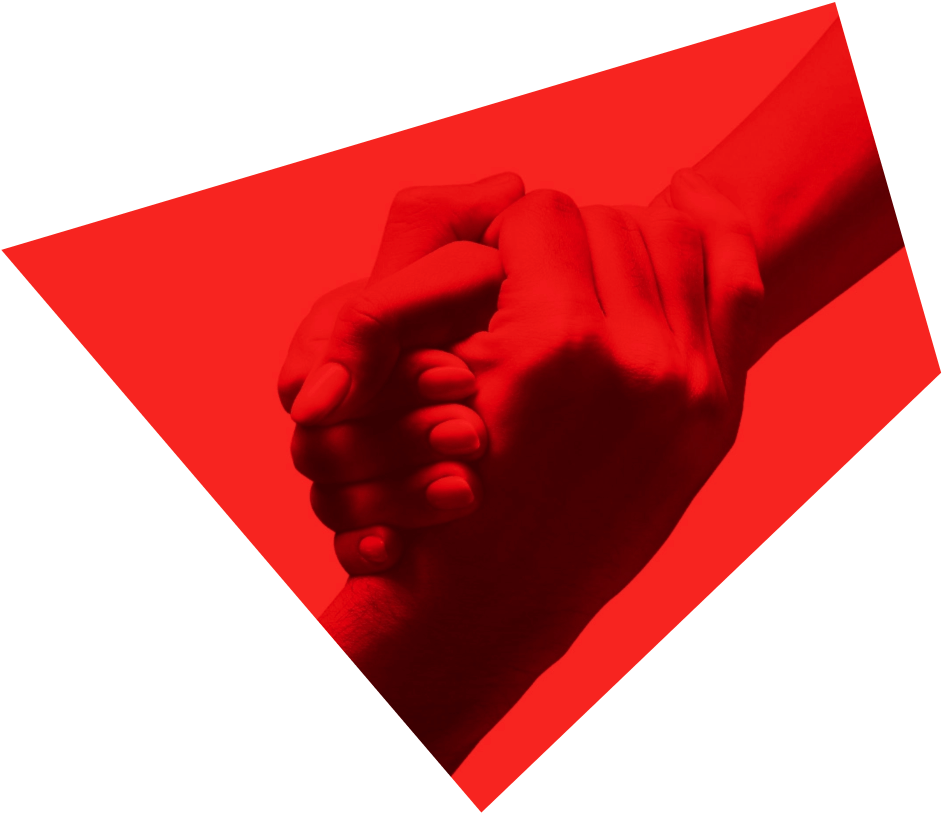It would be safe — perhaps even generous — to say that Prime Minister Mark Carney is navigating a minefield of diplomatic hazards, moral compromise, and geopolitical volatility as the G7 unfolds this week in Kananaskis, Alberta.
Turn right, and you might face the Prime Minister of India — whose government stands accused by Canada of orchestrating an assassination on Canadian soil.
Turn left, and there’s the President of Mexico, a nation whose relationship with Canada was recently described as at a six-year low.
Look back, and — oh yea — there’s the orange menace to the south, who has repeatedly threatened to rip up trade deals, undermine our alliances, and repeatedly hinted at annexation.
And that’s not even counting the controversial invitees who passed.
The risks are so glaring that many have started asking what sounds like a perfectly reasonable question: with so many potential pitfalls, why risk controversy? Why roll out the red carpet for leaders with questionable democratic credentials? Why not aim for the safest possible summit and avoid unnecessary entanglements?
To those asking such questions, I would pose another: what country — and what prime minister — have you been watching?
Because to ask those questions is to fundamentally misunderstand the style, strategy, and ambitions of Mark Carney.
What the Prime Minister understands is this: Canada is not, at this moment, operating from a position of default influence. After years of missteps, drift, and diplomatic fatigue, credibility must be earned back — not assumed. And in that rebuilding effort, there are no “risk-free” moves. There is no “safe play” that leads to restored status.
It’s not a matter of risk versus reward — it’s all risk. Because the cost of caution, at this point, is irrelevance.
Carney’s mandate, as he has said repeatedly, is not to return things to “business as usual” — it’s to reset the terms entirely.
Because here’s the truth: Carney may have successfully turned the page from Justin Trudeau for Canadians. But he now needs to do the same for Canada on the world stage.
And that requires both substance and style.
Substantively, Carney made a shrewd and necessary move by pre-emptively reaffirming Canada’s commitment to meet NATO’s two per cent GDP defence target by this year — and exceed it by 2030. It wasn’t just a policy statement; it was strategic table-setting.
It was a down payment on seriousness. A demonstration that Canada is no longer phoning it in. That we understand the price of admission for a seat at the table — without being considered the freeloading distant relative that only comes calling when he needs something.
And now for the style.
If you think personality and tone don’t matter in geopolitics, just ask Donald Trump — whose animus for Justin Trudeau was visceral and deeply personal. Relationships matter. Posture matters.
So, this may well be Carney’s Nixon-in-China moment.
Precisely because of his technocratic credentials, his reputation for caution, and his short runway as a political actor — Carney has the credibility to go bold. To sit across from the world’s leaders and say: whatever grievances you had with the last guy, this is a new chapter.
And right now, Canada must seize both opportunities — not just to manage the moment, but to reintroduce itself to the world.
Now is not the time to play it safe.

